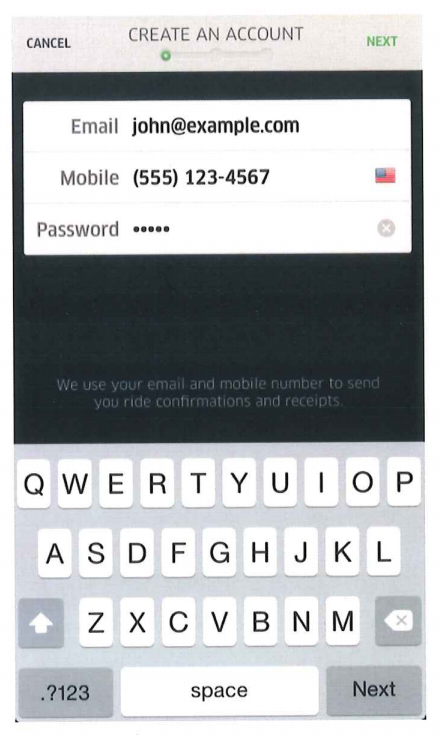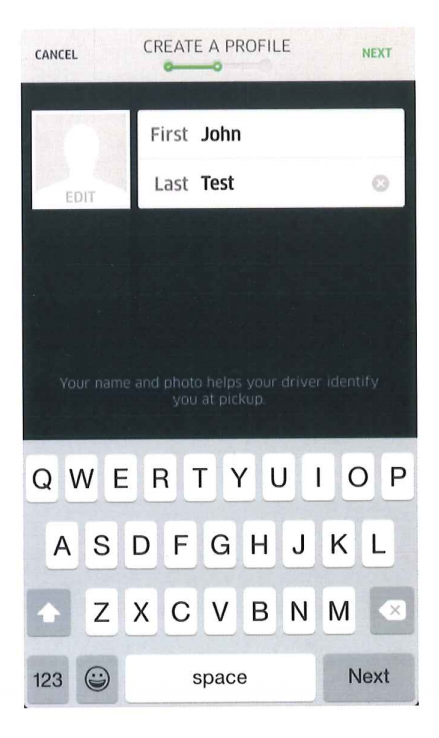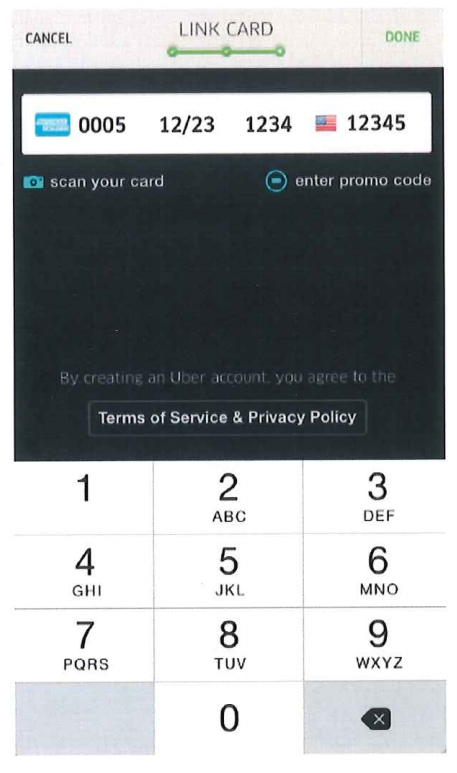Uber's Terms And Conditions Ruled Unenforceable, Court Records Show
Uber failed to prove that the Uber app's user registration process resulted in a meeting of the minds on an agreement to arbitrate.
On March 18, 2018, a Pilates instructor in Philadelphia hailed a ride via the Uber app. During the ride, the Uber driver ran a red light and hit another vehicle. The Pilates instructor was injured as a result.
A few months later, on November 27, 2018, that Pilates instructor sued Uber for damages she incurred in the car accident.
"But you agreed not to sue us." —Uber
About five months later, citing to its standard terms and conditions, Uber responded to the suit by filing a motion to compel arbitration. Uber's argument was that...
- When the Pilates instructor registered for the Uber app in 2013, she would have agreed to Uber's terms and conditions;
- And Uber's terms and conditions contain a mandatory arbitration clause;
- And that mandatory arbitration clause provides that users of the Uber agree not to sue Uber, and to, instead, arbitrate any claims arising from a user's use of the Uber app.
In support of that argument, Uber put forward an Uber software engineer, to state what the user registration process would have entailed in 2013, and an Uber paralegal, to state what the terms and conditions contained in 2013.
The key fact Uber wished to prove by the paralegal's statement was that, when the Pilates instructor registered for the Uber app in 2013, Uber's terms and conditions contained an arbitration agreement. The key fact Uber wished to prove by the software engineer's statement was that, by registering for the Uber app--which would have entailed entering in certain information and clicking certain buttons on a series of mobile app screens--the Pilates instructor agreed to those terms and conditions, which included the arbitration agreement (i.e. an agreement to arbitrate claims rather than suing Uber).
Did the Pilates instructor in fact agree to arbitrate? Let's look at the evidence Uber presented.
Uber's user registration workflow
In his affidavit, Uber's software engineer stated that Uber's user registration workflow consisted of three mobile app screens (each of which is pictured below): the "CREATE AN ACCOUNT" screen, followed by the "CREATE A PROFILE" screen, followed by the "LINK CARD" screen.



The "LINK CARD" screen that Uber's software engineer said the Pilates instructor would have seen while signing up in 2013 featured four empty form fields for the user's credit card information (see the screen pictured above). At the bottom of that screen, there was a line of text that said, "By creating an Uber account you agree to the [...]" Immediately below that sentence fragment, there was a box containing the text, "Terms of Service and Privacy Policy[.]" Thus, Uber argued, this screen would have notified Ms. Kemenosh that...
By creating an Uber account[,] you agree to the [...] Terms of Service and Privacy Policy[.]
Also according to the software engineer's affidavit, though, this screen did not actually contain or display the terms of service or privacy policy (you can actually see this in the image of this screen shown above). Rather, the text "Terms of Service and Privacy Policy" was hyperlinked, such that clicking that text would have opened another screen to display the terms of service and privacy policy.
Uber's software engineer stated that once a user entered her credit card information into the empty form fields on the "LINK CARD" screen, a "DONE" button would appear in the upper right corner of the screen (you can see that "DONE" button in the image of that screen shown above). According to his affidavit, clicking the "DONE" button completed Uber's user registration workflow.
Finally, wishing to drive home the main point Uber wished to prove by this software engineer's statement, he concluded his affidavit by saying that the Pilates instructor "would not have been able to register for the Uber app in October 2013 without going through this process."
But what if a registering user never clicks to open and view the linked terms and conditions?
This turned out to be the key issue the court considered in the case...